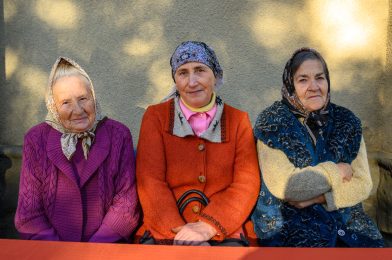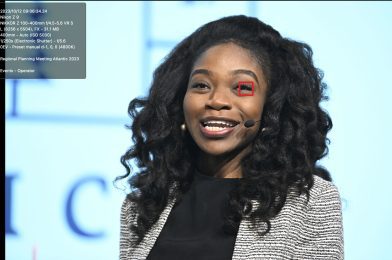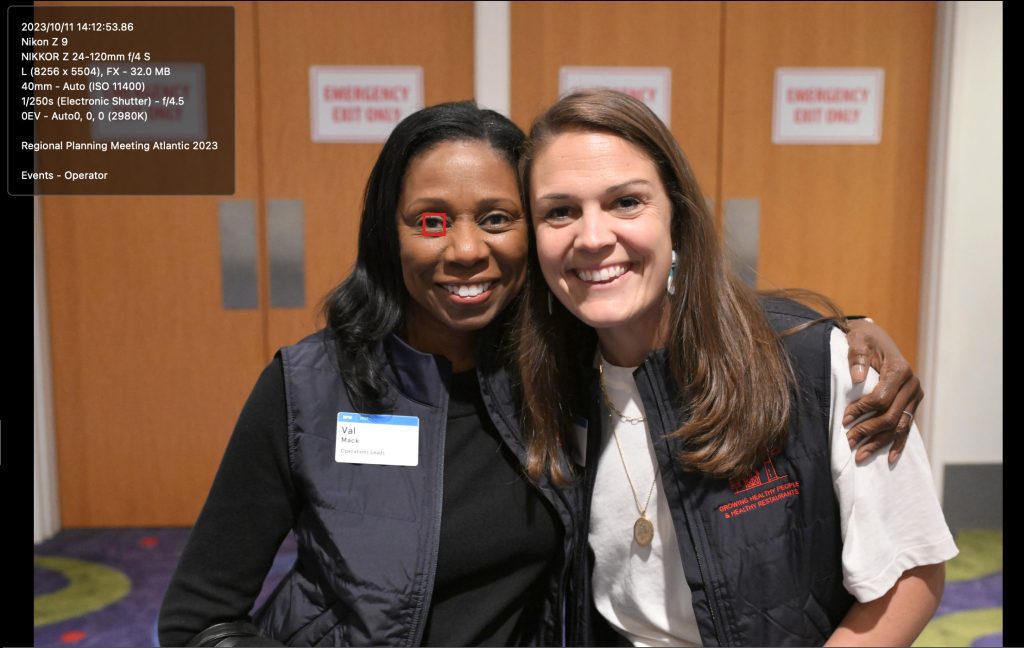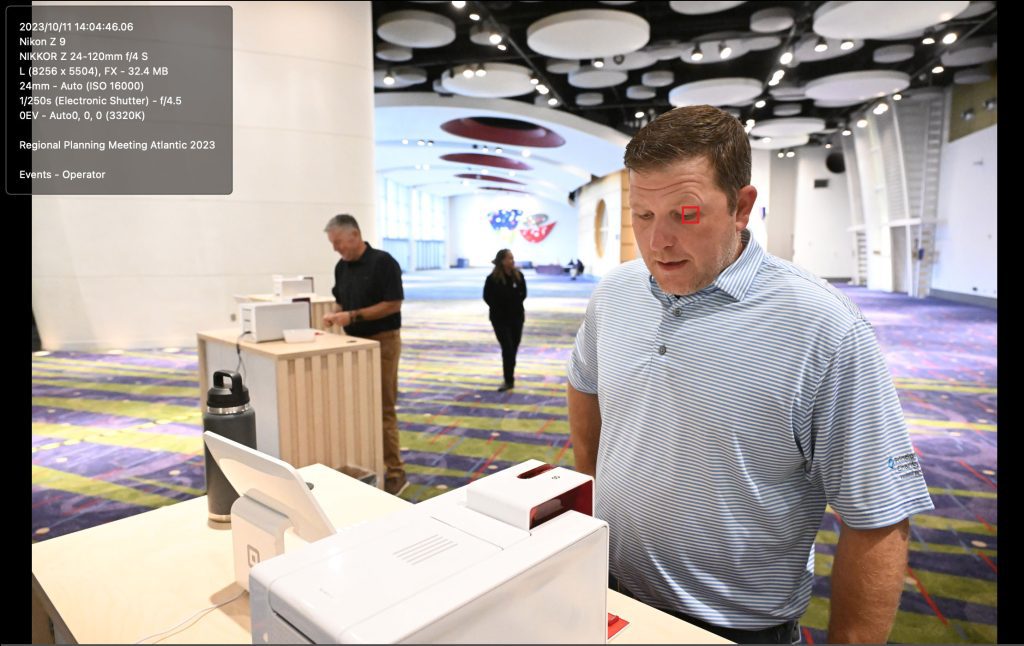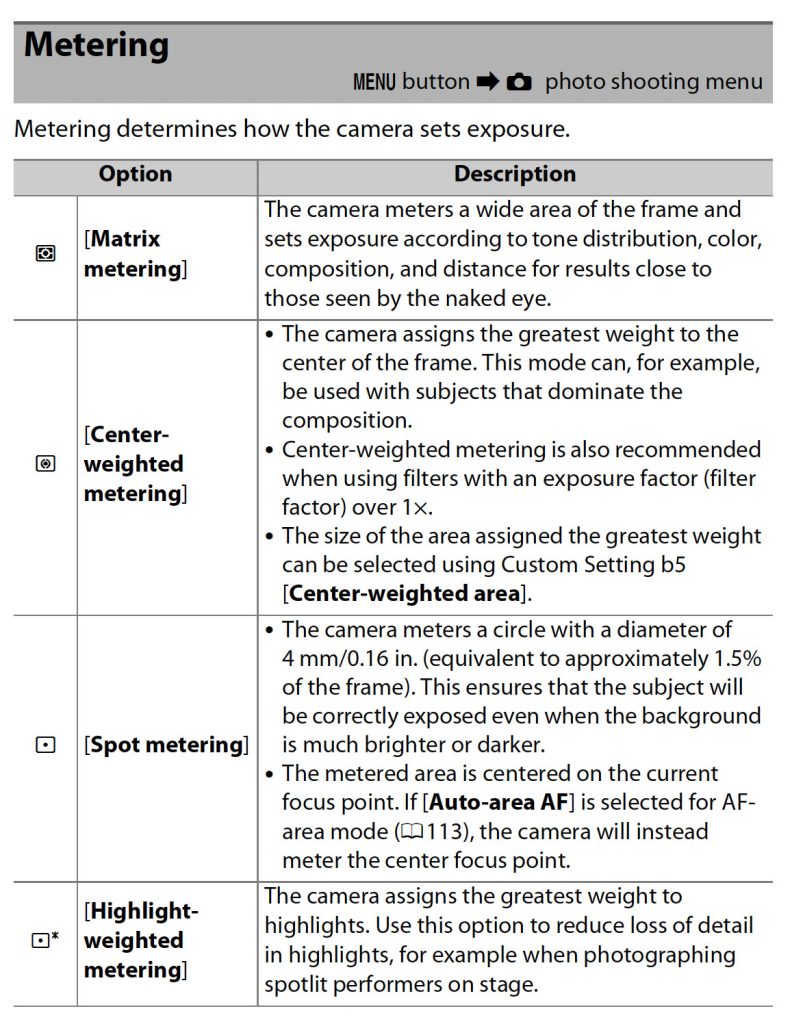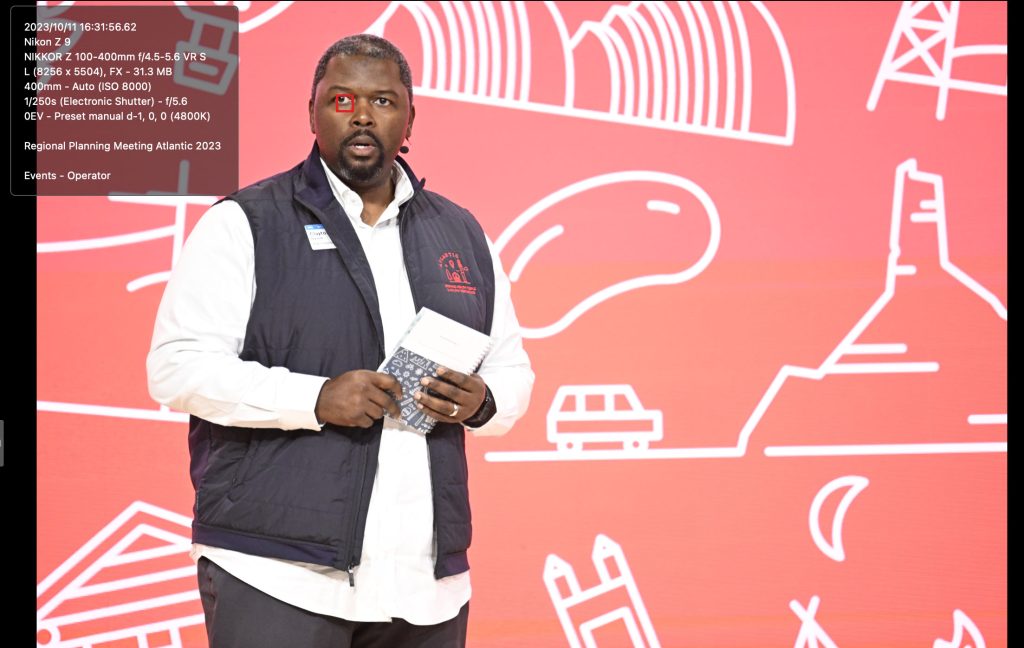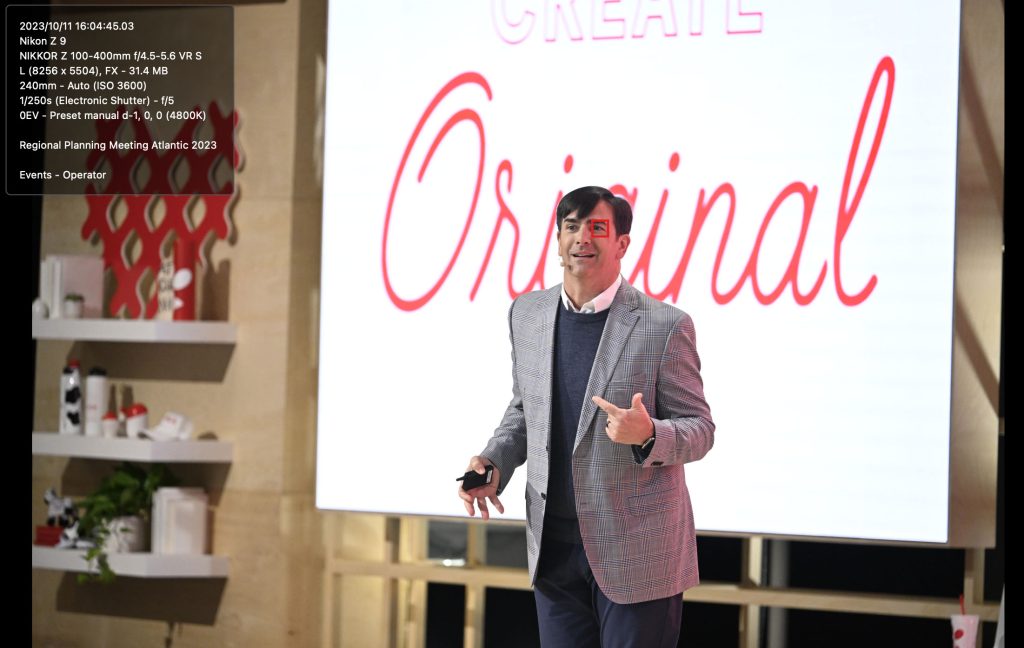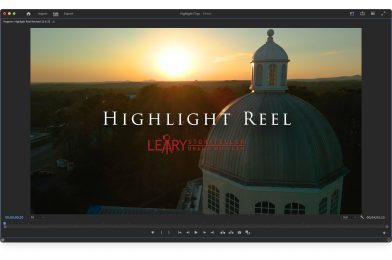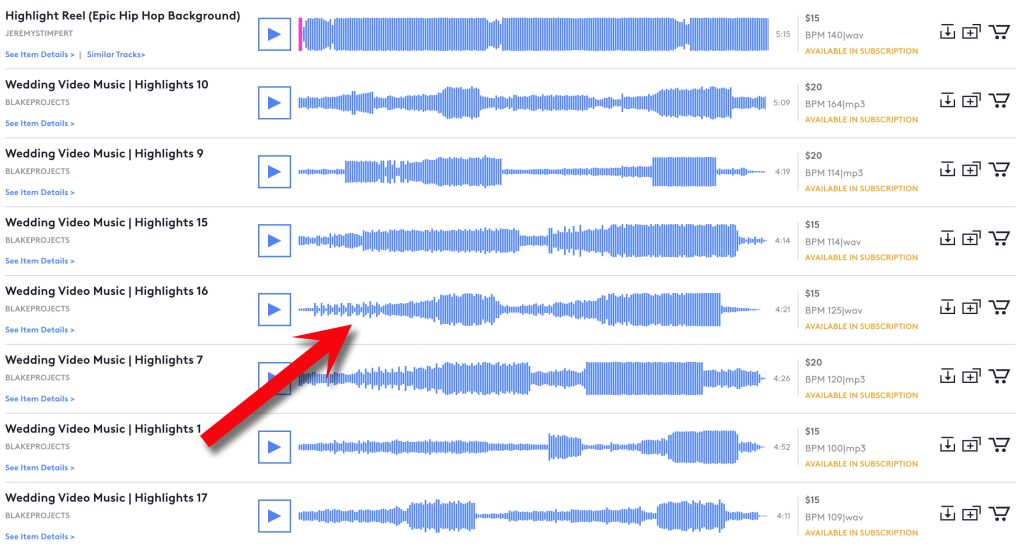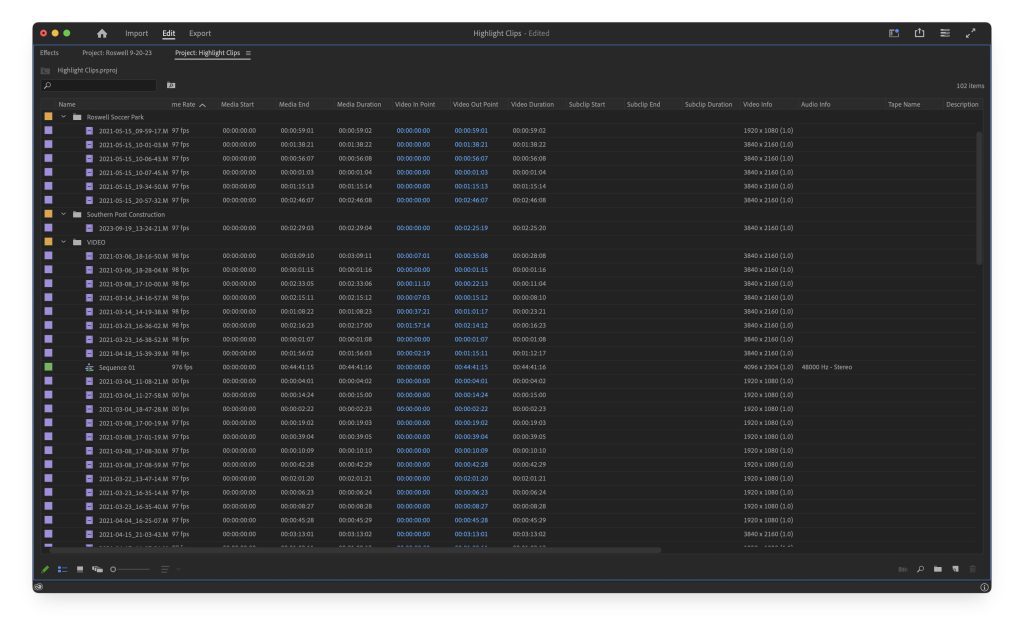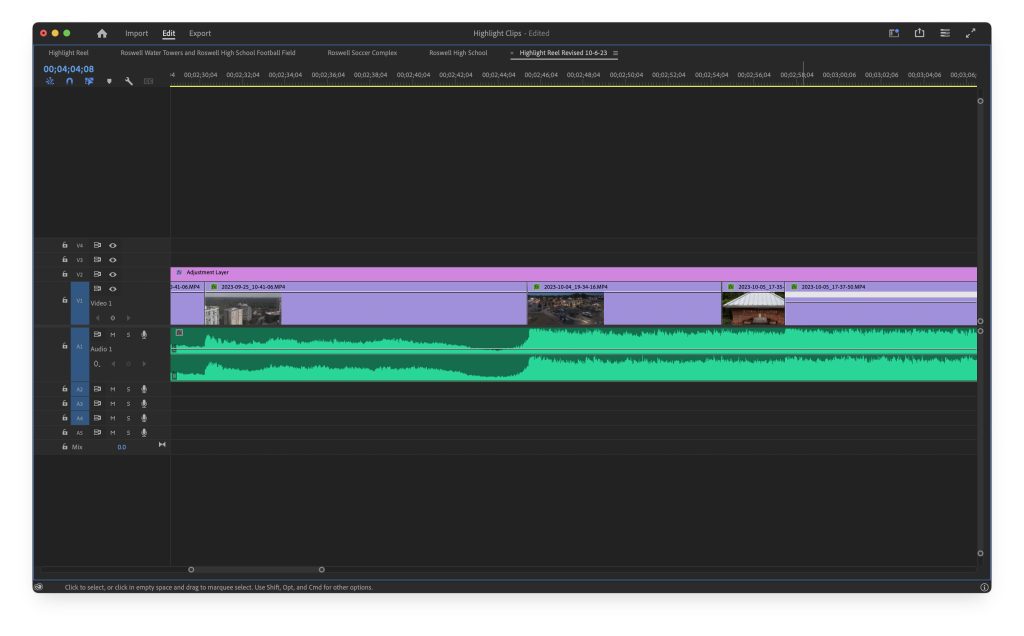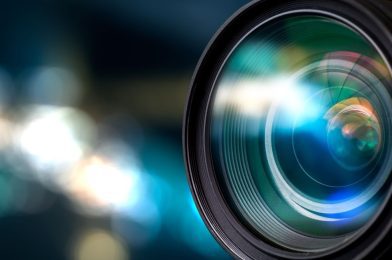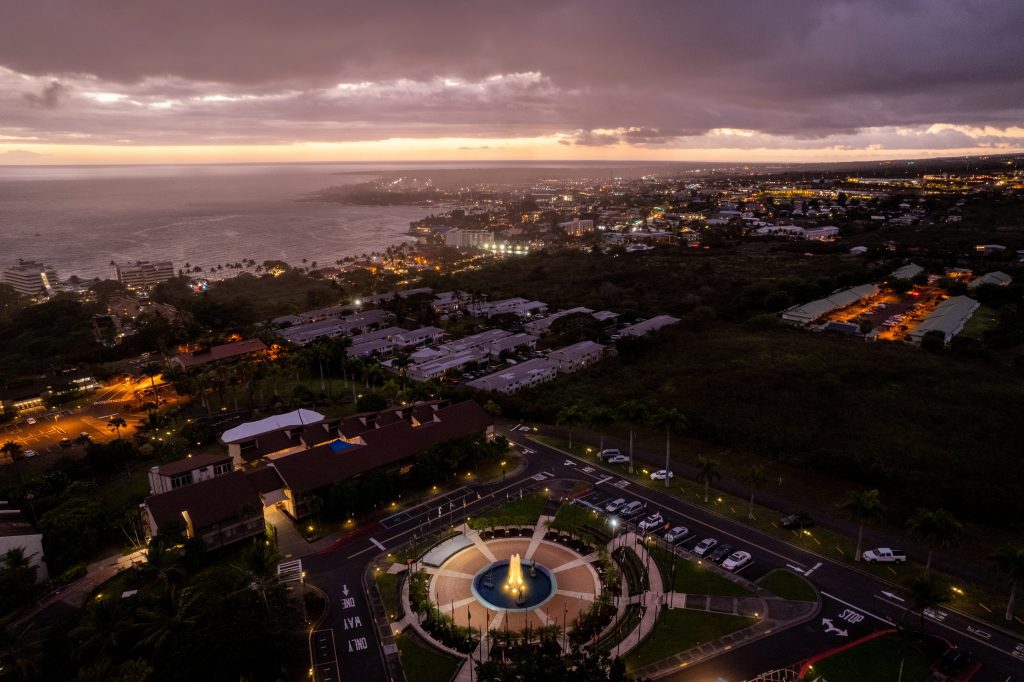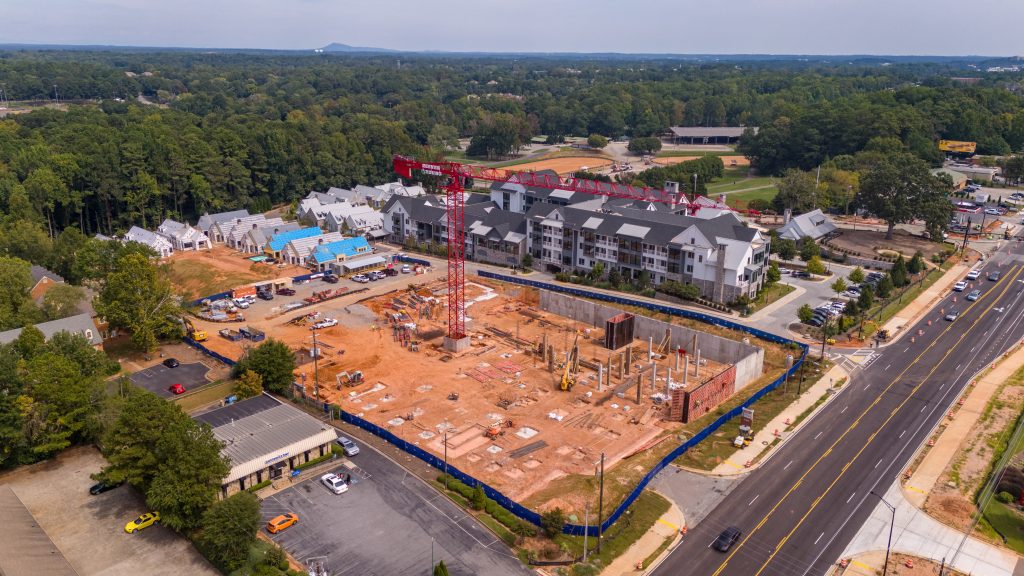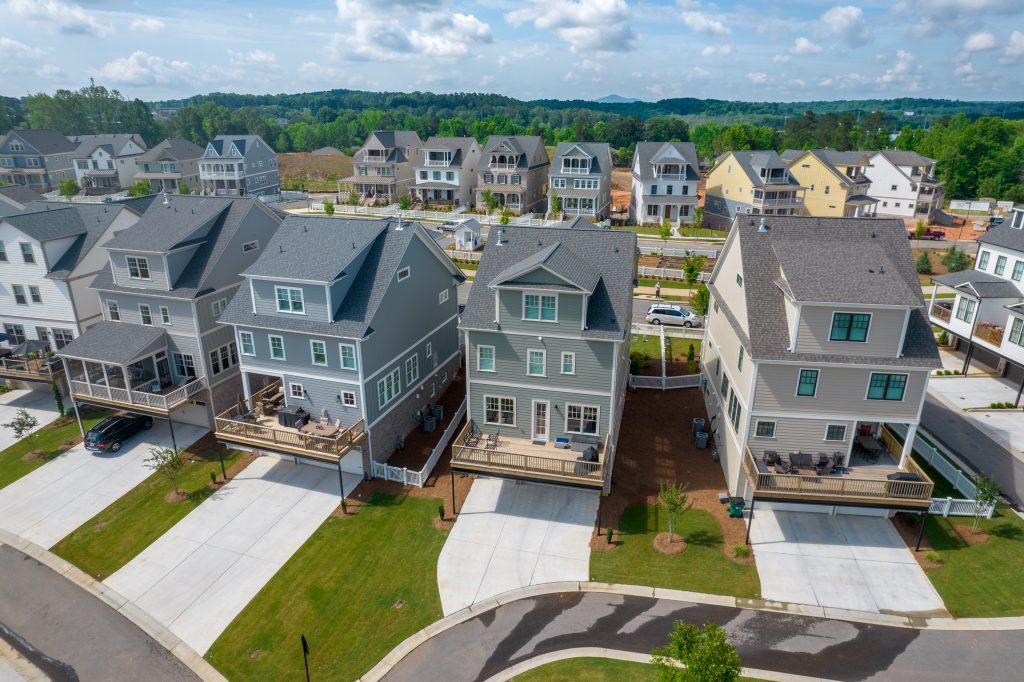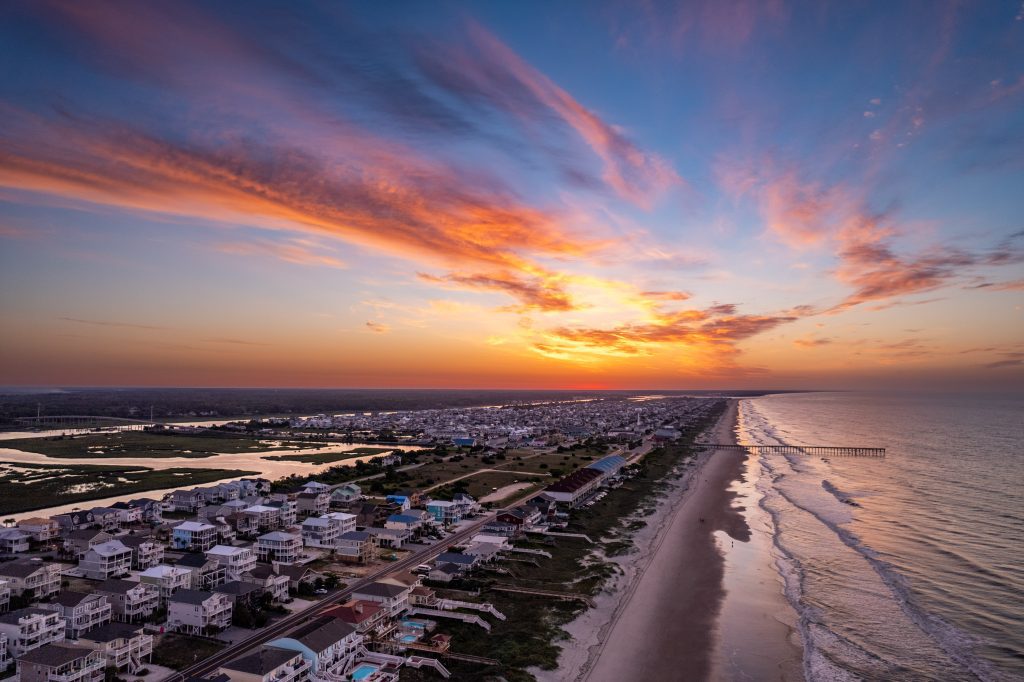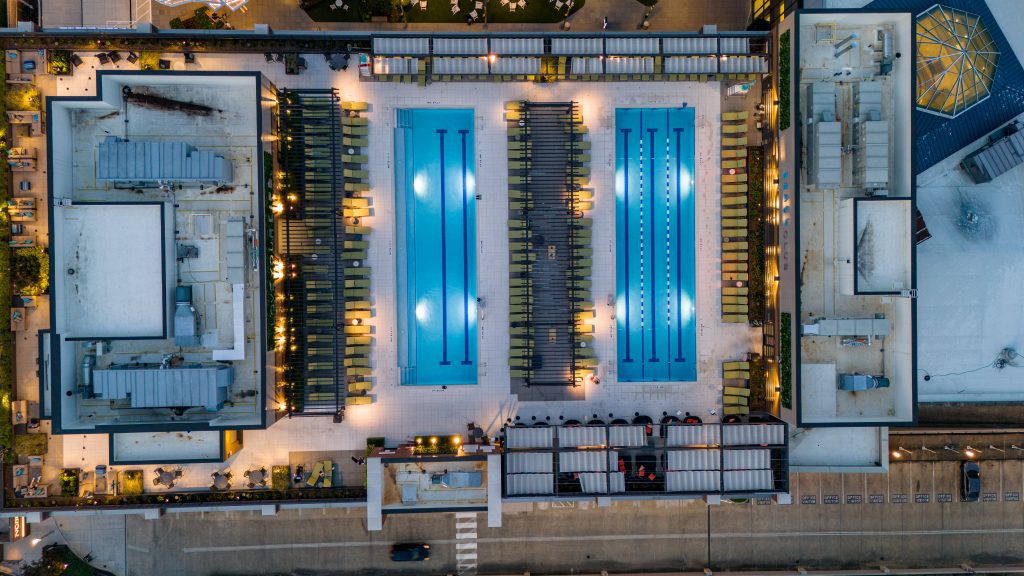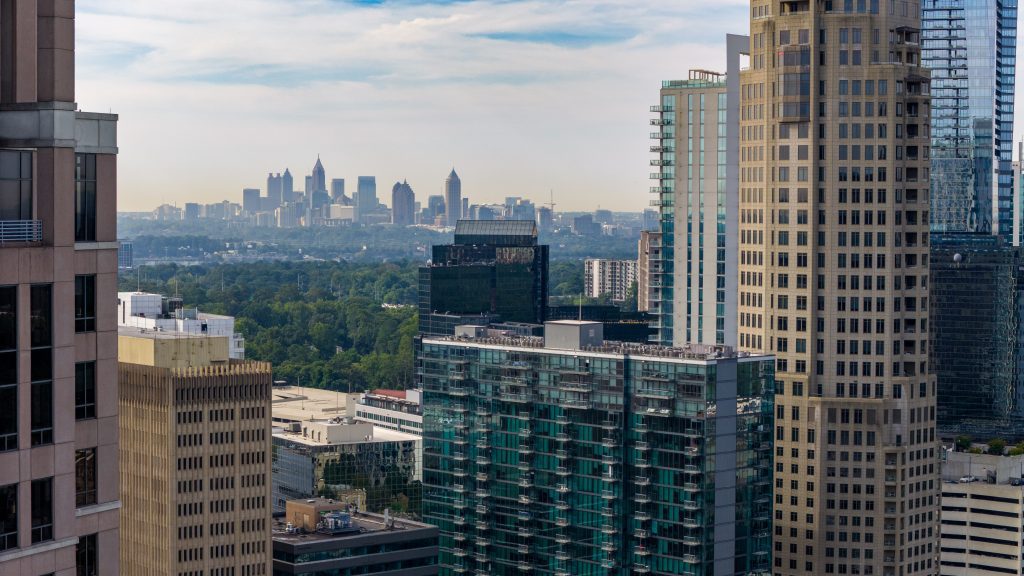Have you ever stumbled upon a groundbreaking way to improve the message and quality of your storyline during an interview? I certainly did this week while in Moldova, and it involved the simple but effective act of letting my client redo their interviews. In this blog, I’ll share my experience and how this unconventional approach was a game-changer in crafting compelling narratives.
The Genesis of the Idea
It all started a few months ago when I interviewed a doctor in Atlanta for a video project. At the time, I thought I had captured all I needed, and the interviews were ready for the editing room. To save time during the production phase, I decided to show the footage to the doctor, essentially giving him a sneak peek of how he came across on camera.
In parallel, I conducted another interview with a different person over Zoom. Interestingly, I didn’t record this one, but it still served as a valuable practice session. Little did I know that these initial interviews were just the tip of the iceberg and that I was about to uncover a unique method to enhance the narrative.
My video results from Moldova
The Power of Self-Reflection
What I noticed during this process was that the first interviews were, as expected, somewhat spontaneous. When individuals are interviewed for the first time, they tend to respond with the thoughts that immediately come to mind. However, once they had the chance to hear themselves and discuss the content in more depth, something remarkable happened. They began to reflect on how they came across in the interviews and the overall purpose of the video.
It wasn’t my questions that changed dramatically, but the individuals themselves. The act of listening to their own words and perspectives caused them to reassess and refine their responses. This newfound self-awareness allowed them to be more deliberate and strategic in their communication, resulting in a much more polished and practical interview.
Practicing for Perfection
Inspired by this revelation, I decided to take it a step further with a few other interviewees. I informed them beforehand that I would be interviewing them and encouraged them to practice beforehand. This wasn’t about rehearsing lines or memorizing a script; it was about becoming comfortable with the material and the message they wanted to convey.
When it came time for the actual interview, those who had practiced delivered outstanding performances. It was evident that their prior reflection and preparation had a significant impact on the quality of their responses. They could speak more fluently, confidently, and with greater clarity.
Authenticity Over Stiffness
One key aspect of this approach is that it allowed interviewees to maintain authenticity. While scripting and having individuals read from it can be practical in some cases, it often results in a stiff and rehearsed delivery that lacks the genuine connection needed to engage the audience. Redoing interviews with self-reflection, on the other hand, ensured authenticity while improving the overall message.
The Takeaway
The main lesson I gleaned from this experience is that, unless you are accustomed to being interviewed on camera regularly, conducting practice runs and providing interviewees with the opportunity to evaluate their initial responses is invaluable. It not only helps individuals think more deeply about their message but also allows them to hear and assess how others perceive them.
In an age where visual and verbal communication is paramount, ensuring that your interviewees have the chance to refine their responses is a powerful tool for crafting a compelling narrative. This approach enables you to capture the true essence of their message while ensuring that it resonates effectively with your audience.
So, the next time you find yourself working on a project that involves interviews, consider incorporating this practice. Let your clients redo their interviews, encourage self-reflection, and watch as the quality and impact of your storytelling soar to new heights. It’s a small step that can lead to a giant leap in narrative communication.

